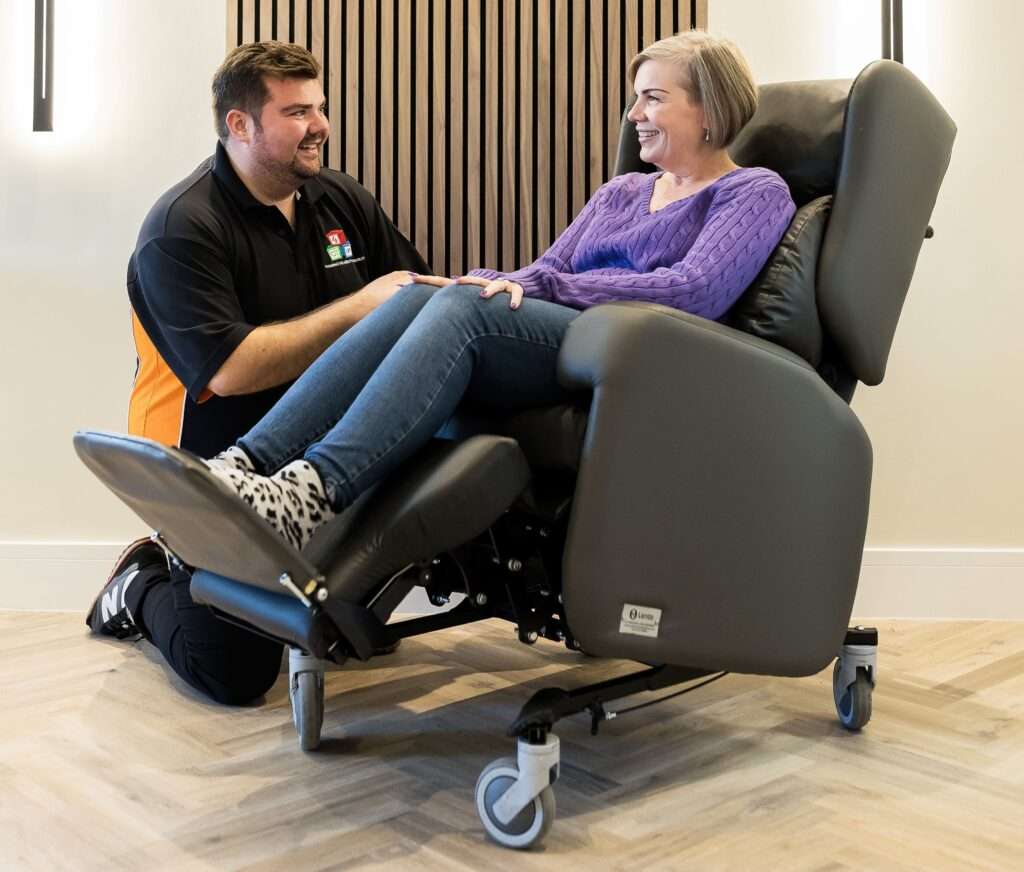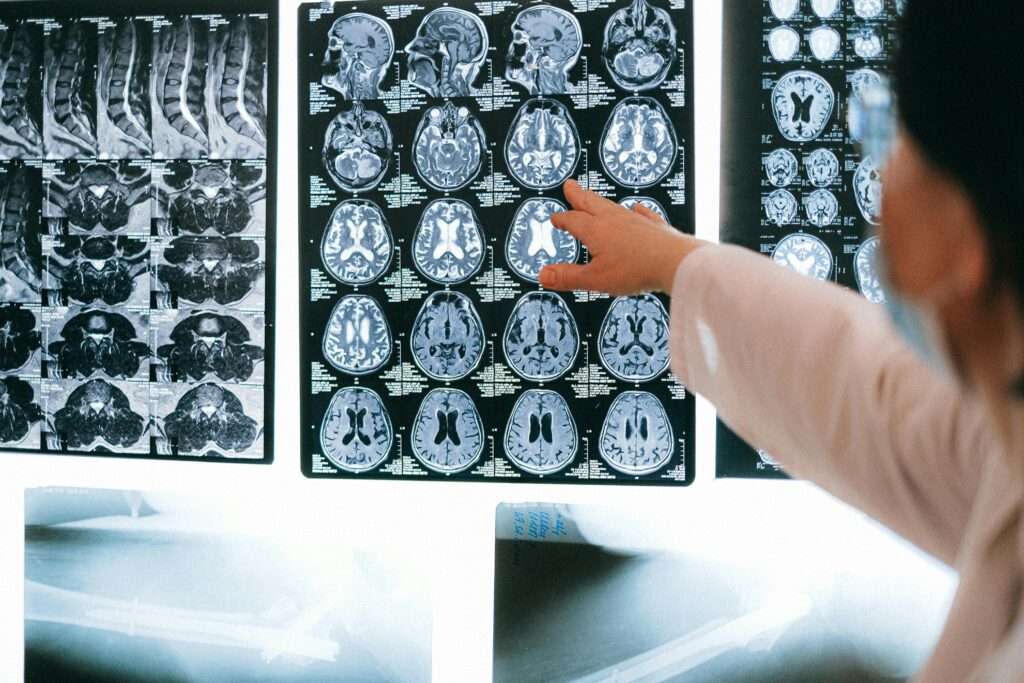Infection Control is a subject we have covered extensively in previous articles, such as our featured article Infection Control — What You Need to Know.
Good infection control underpins successful treatment and outcomes in the NHS, and has an increased profile in the post-Covid world. Keeping infection under control is perceived as crucial to preserve NHS operating capacity and protect public health.
This article looks more closely at how infection control outcomes are measured, and strategies that are employed to achieve them.
Jump straight to...
Measurable Outcomes
A key statistic is the number of HAIs (Hospital Acquired Infections) reported. A HAI is defined as any infection that is contracted at least 48 hours after hospital admission, therefore can be reliably linked to a hospital source.
These are different to HCAIs (Healthcare Associated Infections), infections associated with any healthcare environment, for example care homes and hospices.
The most prolific HAIs in hospitals tend to be SSIs, infections into surgical wounds, and are highest in ICUs where patient immunity is at its lowest.
HAI figures are monitored by the UKHSA (UK Health Security Agency), who are responsible for protecting the public from infections and diseases.
5000 patients a year die from HAIs, so the importance of infection prevention cannot be underestimated.
With 12,500 patients currently medically fit to be discharged, discharge delays are increasing the likelihood of infection and deterioration in patient’s conditions. Much effort is going into speeding up discharge and preventing this window of opportunity for infections to take hold.
Role of IPC in Hospitals
Infection Prevention and Control is the department in the NHS responsible for controlling and preventing the spread of infection. Strategies such as hand-washing, disinfecting etc. are standard and well-known, and IPC will take steps to investigate and enforce where these practices are not observed to the level required. Members of this team are from a wide cross-section of roles, with junior and senior clinicians to give as much reach through the system as possible.
IPC requirements have been integrated into procurement and sourcing so that any equipment purchased have to meet set requirements, enshrined in procurement framework standards.
The ongoing role of IPC has been brought into fresh perspective since Covid easing; how can infection standards be returned to pre-Covid levels so excessive distancing and Covid measures don’t inhibit quality or speed of care? Reforms to Covid-style IPC policies are being implemented, with the aim to follow UKHSA IPC guidance as closely as possible.
Equipment Features and Technologies
Our seating specialists have collaborated with Infection Control teams in different NHS Trusts to produce innovative solutions for patient seating. Innovations we have incorporated into our chair range include:
-
-
- Magnets not Velcro
-
Replacing Velcro hook & loop which are a haven for bacteria with magnetic strips inserted into the cushion creates a unique, time-saving solution. An independent review of our chairs confirmed the magnets do not cause any interference with pacemakers, for the patient’s peace of mind.
-
-
- Minimal seams/recesses
-
Minimal seams and recesses in the fabric make the chair perfect for stringent infection control, giving bacteria nowhere to hide, and creating a smooth surface for easy cleaning.
-
-
- Antimicrobial fabric
-
The vinyl to exterior of chair and VP dartex to interior are bacteria-resistant, with high infection control properties. Mild detergent is recommended for regular cleaning, but strong chlorine-based solutions can be used, if required.
-
-
- Strip down for cleaning
-
Chairs have been designed for easy dismantling, with sides, cushions and covers all removing easily for washing, leaving the base of the chair exposed for deep cleaning.
-
-
- All our chair frames are constructed from anodized metal, there is no wood which can absorb bacteria. Our R&D team is currently researching an anti-bacterial coating on metal surfaces that kills any bacteria in contact with it.
-
Conclusion
Infection control in hospitals has been thrust into the spotlight in recent times. Technologies can go a long way in revolutionising practices for hospitals, rather than more traditional methods that can slow down the effective flow of patient care.














